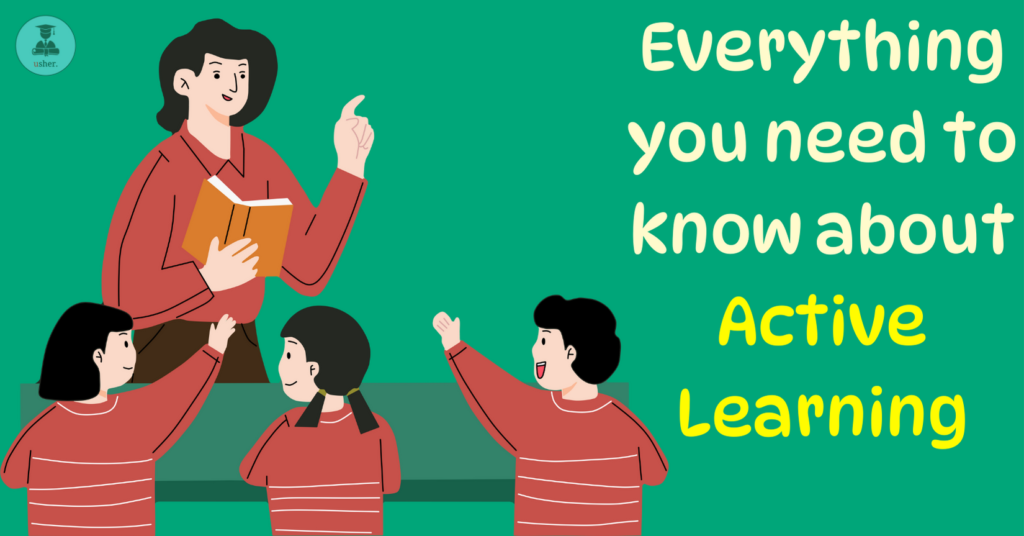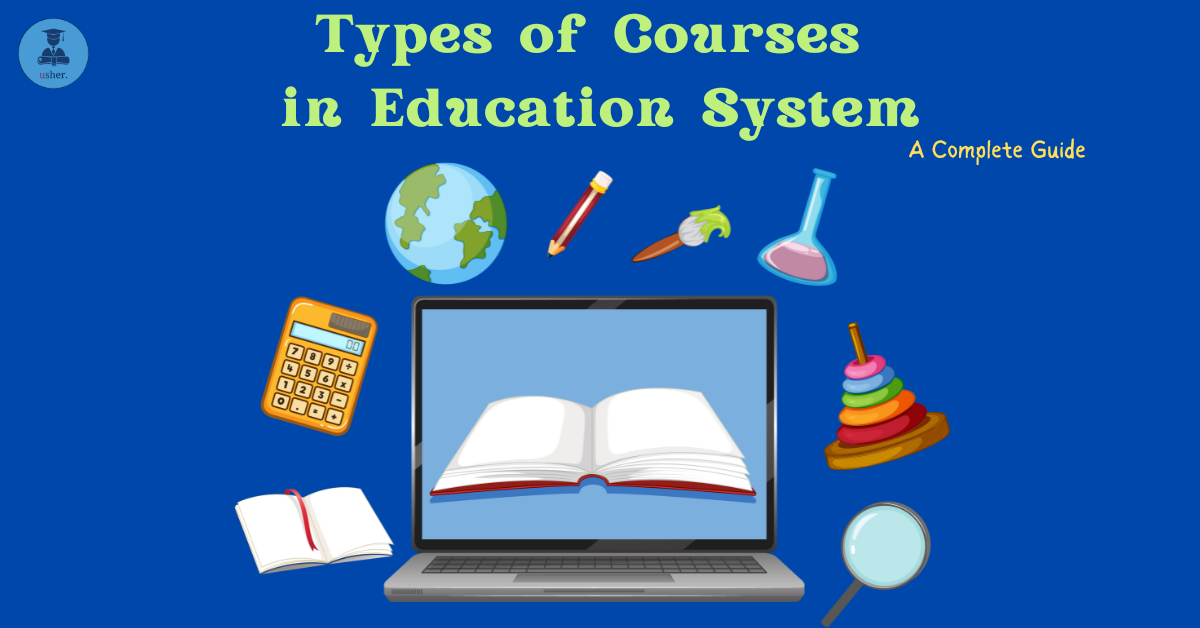Teachers, do the students struggle to pay attention in your class?
Why don’t they submit their assignments on time?
Why do they miss their classes?
Do you wish for “something” that could make studies more fun and interesting for your students?
If your answer is yes, then you have come to the right place.
In this article, you will learn about active learning strategies that can make the learning process easier and more engaging.
Let’s find out how to master the art of active learning.
What is the Meaning of Active Learning?
Active learning is a method that promotes students’ deeper understanding of a subject, improves retention ability, and develops critical thinking and problem-solving abilities. The active learning process is completely different from the passive learning process.
How to Keep Students Engaged in the Class?
We will go through some interesting active learning strategies that will help you in this regard. The following strategies are:
Subject-Related Quizzes
Remember that young minds are hyperactive. They want something that is engaging. Especially, in the social media age, which produces 60-90 seconds of content.
The younger generation’s concentration and patience levels have drastically reduced due to spending too much time on social media. It has also adversely affected their attentiveness in the class, especially when the lectures are of longer duration.
Subject-related quizzes help to stimulate students’ minds and make them attentive in class.
You can play these quizzes a few times a week and encourage students to self-study.
Also, students become competitive when they indulge in quizzes and outdoor sports. It helps them to become mentally and physically stronger.
Group Tasks
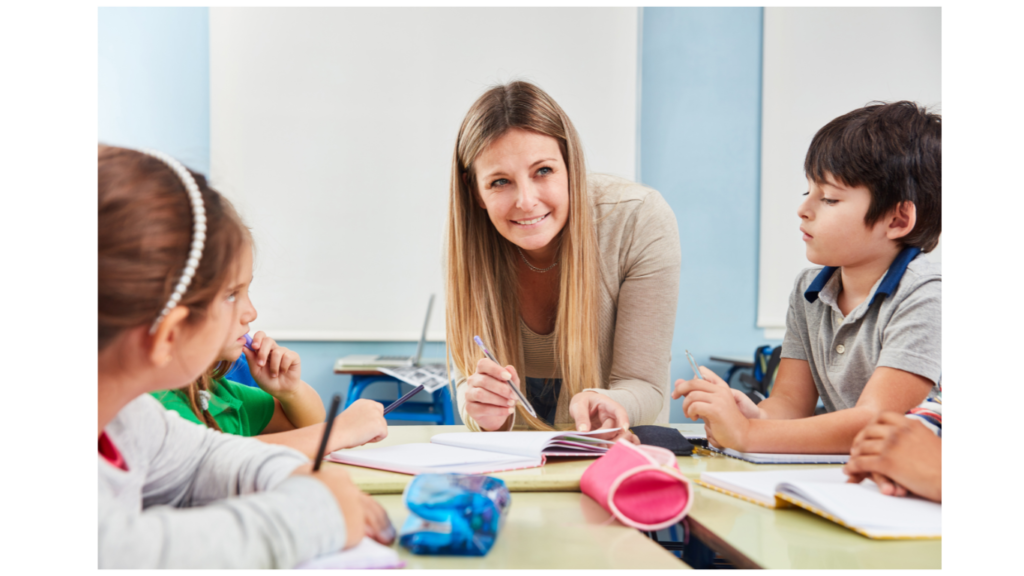
You must arrange subject-related group tasks for your students. It will teach them to work like a team and make a deeper connection with the subject.
They will also develop some valuable skills like time management, leadership qualities, conflict resolution, and negotiation through these activities.
Working as a team member will help students to see a problem from different perspectives through discussions.
Moreover, companies also value such skills when they hire people.
Suppose, you gave a historical project to students.
Now, they will have to go through several topic-related books, discuss every aspect of the historical character or event with the team, and build a project.
This active learning process will provide in-depth knowledge to students.
Debates
Debates can improve critical and analytical thinking in students, boost their oral presentation skills, and confidence levels, and vitalize stronger interpersonal relationships. It also improves team-building capabilities.
Problem-Solving Questions
Ask real-life-based and subject-related hypothetical questions from students. This activity will compel them to think and connect them to real-world problems.
For example- Who is your favorite historical character? And what is your take on his/her administration system?
Another question could be that, as a leader, what would you have done to eliminate poverty and empower impoverished people?
In such questions, students will read more about the subject, think critically, and analyze it to form an opinion.
Storyboarding
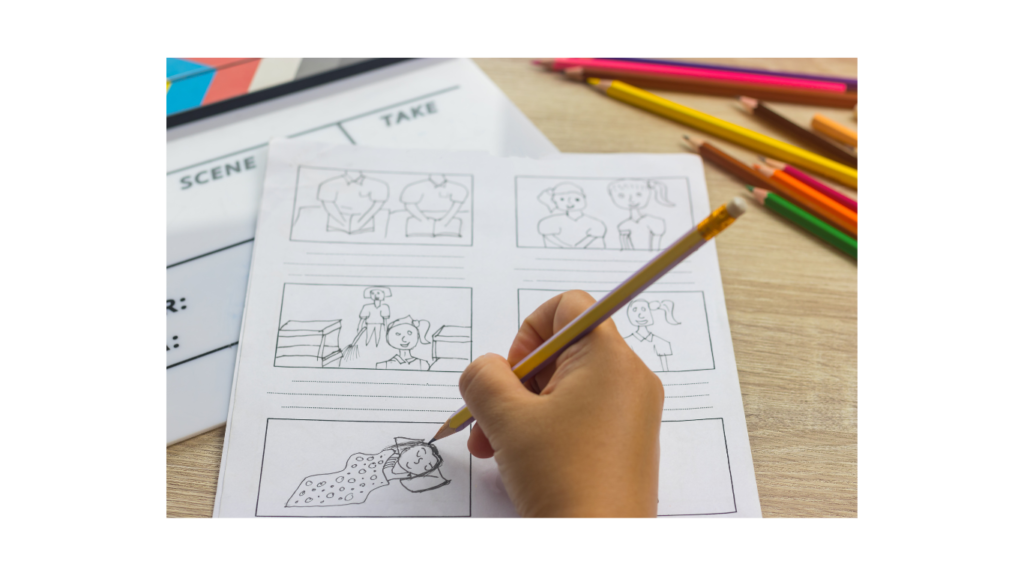
Storyboarding activity lets students sketch a sequence of events or stories. Sketching is an extremely fun and interesting active learning activity.
For example, as a teacher, you may narrate a story to your pupils. Now, you can give a storyboarding activity to them. This method of learning will help you to assess how much the students have learned from your story narration.
Storyboarding can improve students’ metacognitive understanding.
It can also enhance creativity, communication, and memory power, improve motor coordination, develop problem-solving abilities, and upgrade the entire thinking process.
And most importantly, students love to sketch and use it as an active learning method.
You can give them tasks like sketching the entire cell formation process in Biology or the rock withering process in Geography.
Starbursting Technique
This brainstorming technique encourages active learning in students.
You can make a star on the blackboard and write questions like what, when, why, how, and who. Write a problem or event in the center of the star and start asking topic-related questions from students.
The Starburst technique generates layers of questions. This process motivates students to actively participate in the learning process and go in-depth about the subject.
Why is Active Learning Important for Students?
Active learning prioritizes concept mastery, and knowledge retention rather than information mug-up.
This method aids students to have more command over their learning ability and practice self-study.
Students become more inquisitive and ask more questions when they practice active learning methods regularly.
What are some active learning methods and techniques?
Now let’s have a look at some classroom techniques, technological integrations, and multiple learning styles that can engage students towards learning.
Classroom Techniques
- Think-Pair-Share – This is the most common learning strategy that urges students to collaborate and engage in discussions and improve their analytical minds.
- It requires participation from the entire class and encourages introspection and collaboration in small groups. You can give questions and activities initially to stimulate students’ thought processes.
- Students can then organize their thoughts and ideas to take informed decisions.
- In the pairing stage, you can pair students with each other, so that they can discuss, listen, and strategize to implement an activity plan.
- In the last stage, i.e., sharing, you can bring back the class together and ask them about their discussions, strategies, and key insights.
- Case studies and Role Playing – Real life and hypothetical case studies will help students to think and plan an action. It aids them to deeply engage with the subject.
- Role-playing is a part of the active learning process. Students find it dynamic and engaging in nature.
- Suppose you teach history. Ask your students to enact a historical character in the class. They will not only learn from such activities but also get an in-depth knowledge.
- Flipped classroom model – A “flipped” classroom is an educational strategy in which conventional teaching techniques are inverted, or “flipped.”
- In a flipped classroom, students study the material on their own and outside of class (usually by watching lectures on video or reading books), and class time is then devoted to more interactive and group projects, discussions, and problem-solving.
Technology Integration
Technological integration plays a vital part in improving the active learning process by offering resources and tools that promote participation, teamwork, and individualized learning.
The following are some crucial functions that technology integration fulfills in the process of active learning:
Online platforms and tools
- Interactive Educational Resources – The development and dissemination of interactive educational resources, including virtual reality experiences, simulations, and multimedia presentations, are made possible by technology. By actively including students in the learning process, these resources give the information a more lively and lasting quality.
- Online Teamwork Tools – Students can work together in real time with the use of technological tools including communication platforms, collaborative document editors, and video conferencing. This encourages participation, dialogue, and group problem-solving.
- Digital Assessment and Feedback – Thanks to technology, it is now possible to give students immediate feedback through digital quizzes, surveys, and evaluations. This instant feedback supports learning, clears up misunderstandings, and directs students toward a more thorough comprehension of the material.
Gamification for Active Learning
The use of game features and concepts outside of games to improve user motivation, engagement, and involvement is known as gamification. Gamification is a potent technique that may be used in the field of education, particularly active learning, to increase student enjoyment and retention.
- Scores, Badges, and Scoreboards – Establish a scoring system in which students receive rewards for finishing tasks, taking part in class discussions, and reaching predetermined benchmarks. A badge can be given for finishing a module or becoming an expert in a certain skill. Scoreboards provide an enjoyable competitive environment by showcasing the accomplishments of participants.
- Challenges and Quests – Construct learning exercises in the form of challenges or quests. Pupils may progress through a sequence of assignments or stages, each of which builds upon the one before it. This promotes a feeling of advancement and success that motivates involvement.
- Storytelling and Narrative – Add a plot or narrative to the learning process. Through the integration of characters, stories, and themes, you can establish a captivating framework for activities, thereby enhancing student engagement and retention.
- Random Rewards and Surprises – Combining unforeseen challenges or random rewards adds elements of surprise to the learning process and keeps students interested.
Incorporating Multiple Learning Styles
To accommodate diverse learning styles, active learning can be enhanced by integrating many sensory modalities. The three main learning styles—auditory, kinesthetic, and visual—are frequently mentioned. Each strategy can be used in active learning in the following ways:
- Visual approaches – which include diagrams, charts, and infographics, mind mapping which includes creating maps to conceptualize connections between various data and information. Multimedia and videos like informative animated videos and concept maps help to understand the information structure.
- Auditory approaches –lectures, explanations, and verbal discussions can help to learn about different concepts, including podcasts, and audio stories.
- Kinesthetic approach – includes hands-on activities like sticking images on a chart paper, and using clay to make objects related to the curriculum. You can also use role-playing and simulation to provide in-depth knowledge to students. Organize field trips or historical excursions to give students a real-life experience so that they can experience and learn better.
Which is the Best Example of Active Learning?
Problem-based learning is the best example of active learning. The objective of active learning is to provide a more personalized education to students. This method covers areas of subject matter, the context of the topic, and the learner’s specific requirements.
You can provide real life scenarios to students that correlate with the curriculum topics in problem-based learning.
Let’s have a look at how the problem-solving active learning method works.
Introduction to a Scenario
Provide a real-life or hypothetical question to students. For example, the level of harmful gases has skyrocketed. There is fog and dust all around you. What steps will you take to reduce the pollution in your area?
Students will contemplate this personally because climate change will affect everyone.
You can give mathematical questions like in a deck of cards, what is the probability of drawing an ace or a spade? Calculate the probability and express it as a fraction, decimal, and percentage.
In this step, students will have to understand the problem which requires investigation and resolution.
Collaboration Activity
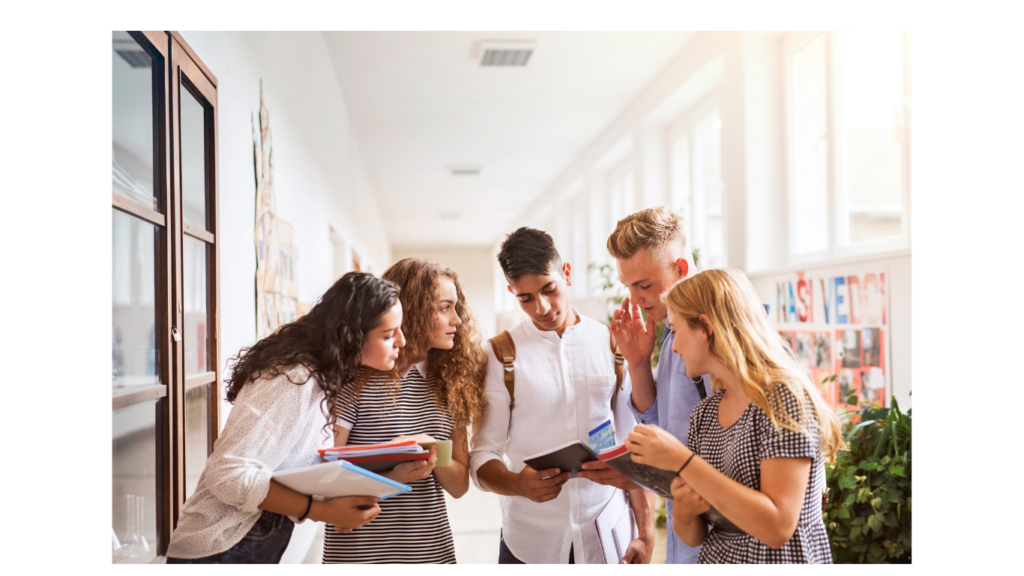
You can give collaboration activities to students. For example: Take a big paper chart and stick the images of all the tropical rainforests in the world.
It is a fun activity where students can work in small groups, decorate their charts, and write down the names and geographical locations of the forests. This way is much better than just reading the same in the textbook and forgetting it.
Also, students’ collaboration in small groups will boost their self-confidence and encourage communication. This activity will teach students about team management.
Research and Inquiry

You can give a project to students that focuses on research and inquiry and ultimately provides in-depth knowledge to students.
For example: Give the names of ten historical figures to students. Ask them to make a video or PowerPoint presentation on their lives. Students could either work individually or in groups to make this project. They can add attractive images, music, and animation to their project.
Another thing that you can do here is to make a YouTube channel and put their informative video projects and PowerPoint presentations in it.
These videos will reach many other users on YouTube and students will receive comments regarding their project.
This process will encourage them to self-study and make more videos on informative topics.
Presentation in the Class
Students can present their projects in the class. This will improve their communication with other classmates and boost their confidence.
You can also encourage other students to ask questions from the presenter so that the topic is covered in detail.
What are Three Active Learning Strategies?
Although several active learning strategies can improve the learning skills of a student. The three most significant active learning strategies are:
1. Solving Doubts
You can ask students to list down at least five doubts from the chapter that you just finished teaching. Give them some time so that they can do a quick revision and come up with their questions.
Do this exercise every day to encourage self-study among students. Also, your students may come up with many common doubts. You can solve their queries in class and give them comprehensive, and in-depth knowledge of the subject
2. Informative Study Material
Suggest some informative study materials to students, like topic-related audio and videos or reading materials to make sure that students are following your suggestions. You can ask them about what they have learned from the informative study materials. Suggest how they can use those materials with their curriculum.
3. Topic Summaries
Once you complete a topic, ask students to present the topic’s summary. This way they will listen attentively in the class. Another benefit of such presentations is that other students can ask questions from the presenter. Such practices can involve students in the active learning process.
What are the Two Characteristics of Active Learning?
The two main characteristics of the active learning process include-
Student Engagement
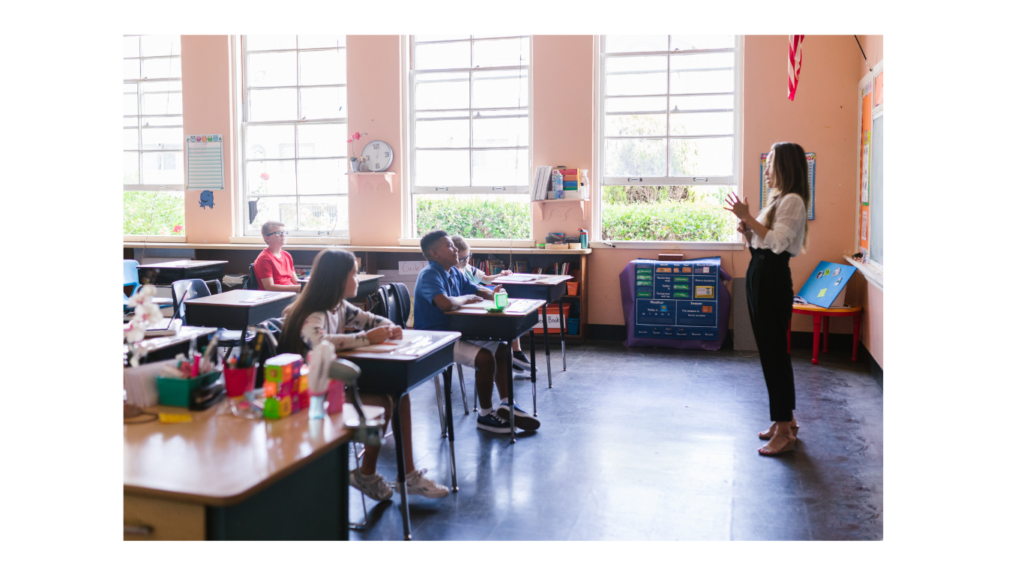
The prime focus of the active learning process is to get students involved in the learning process. Remember that the information is of no use if no one uses it.
A teacher’s objective is to impart knowledge to students that they can use in the future. The students must use the information to become skilled in their respective fields. And that is why, over the years, the education system has evolved.
It focuses more on a student’s needs.
Student engagement focuses on activities like the application of concepts, discussions of ideas, learning about real-life cases, and problem-solving methods.
The characteristic of active learning is that it compels students to think, question, and participate in the learning process by following different activities.
High-Order Thinking
This active learning characteristic primarily focuses on shaping the thought process of students. This stimulates their minds with hypothetical questions based on real life and connects related concepts.
Instead of memorizing information, high-order thinking aims at promoting an in-depth and lasting understanding of a topic.
This characteristic helps students to develop their cognitive skills like analysis and synthesis, evaluation of the topic, and final application.
How to Foster a Participation Culture in Students in the Active Learning Process?
Every student is different. Some may be more outspoken than others. Some students do know about certain topics, but cannot participate in class due to their shy nature. Some students aren’t sure what to do if they give the wrong answer in class.
Teachers must follow certain rules that will help students to participate in the active learning process.
Provide an All-Inclusive and Positive Environment in the Class
You can support and guide students to speak up in class. This will help them to write better as well. You can give them projects that they can do individually.
Classroom activities are for everyone. Every student must participate. Create an environment by counseling students and telling them how they can understand a topic.
Activities like writing short paragraphs on the recent topic, and asking them objective-type questions related to topics can help students overcome shyness.
Clearly State Your Expectations
As a teacher, you must talk about your expectations from the students. Tell them what you want as a teacher. For example, you want all the students to participate in the class. You want all the students to play a subject-related quiz. Give them some time to prepare and then start the activity.
Give the guidelines to students regarding the activities. The rules that they must follow while playing the quiz or any other activity.
These actions from your end will prepare students to become alert. They will take your words seriously.
Try Different Activities
Try different learning styles like group tasks, role-playing, real-life case studies, and hands-on projects to foster a participation culture in students in the active learning process. This will include different learning styles and will help most of the students in your class.
Team Collaboration
Working with a team could be a wholesome experience. It could be challenging and a great learning experience for everyone. If you give students a project, they can work on it as a team.
You can decide what role the students will play in the team, like who will be the project leader. Students can also decide for themselves.
This will enhance the sense of responsibility, and promote accountability and equal participation of all the students.
How Do These Active Learning Activities Help Students in the Real World?
Active learning activities can open a variety of possibilities for students in the real world. Let’s have a look at the following benefits.

Critical Thinking
With active learning activities, students can learn the art of critical thinking. They can analyze, assess, and apply the information in various fields. These skills are very important in the real world where you have to make informed decisions based on complicated data and information.
Ability to Solve Complex Problems
Active learning activities like collaborative projects can help students learn problem-solving skills. This skill is extremely useful in the job sector where employees must solve complex problems and come up with innovative solutions.
Communication Skills and Collaboration
In the job sector, employees must collaborate with their project leader and other team members. They must research and find solutions to a variety of complex problems. Thus, communication and collaboration skills are extremely beneficial in this regard.
You must give topic-related projects to students, so they can learn to work together and find solutions to varied complications.
Adaptability and Flexibility
The world is changing and so is technology. Active learning activities help students to adapt to new and evolving environments. You must give academic projects that urge students to develop a more flexible thought process.
Information Retention
Discussions, hands-on activities, and real-world applications can help students to retain the information, instead of just memorizing it. Students will remember information and concepts that they have understood. The concept that they have engaged with will leave a lasting effect on their minds. Thus, you must focus on those learning activities that are most relevant to the real world.
Engagement and Motivating Activities
Active learning activities are far more engaging than the traditional methods.
Remember, that your objective as a teacher is not just about giving information to students.
They must actively participate in the learning process. Giving out information will not help students in the long run.
In such cases, students will memorize information for a shorter period and may forget it afterward. You must give them activities that can stimulate their minds, and motivate them to study and learn.
What is the Learning Process of Active Engagement?
The active learning process engages students to focus on topic-related discussions and understand various aspects of the topic to form an opinion.
Active engagement is more than just reading or listening to a lecture. It connects a student’s mind with the topic so that they can use their critical thinking.
Now let’s have a look at some of the following important learning processes of active engagement:
Preparation and Exploration

Before starting the lecture, show images, PowerPoint presentations, or videos to students, and introduce your topic to them.
This could be a great learning process for students. You must start the lecture with something that can work as a hook to engage students.
Questioning and Critical Thinking
Ask a few challenging questions that are related to your lecture. Let students come up with some ideas and answers.
Suppose, your lecture is related to the topic of Mount Everest and the mountaineers. You can ask challenging questions like how many of you know about Mt. Everest? Do you know who first climbed Everest? Will you ever take up the challenge and climb the highest peak in the world?
In this way, you can pose different and interesting questions to students. Children have a mind full of ideas. Their mind works best when something interesting, funny, or challenging comes up.
Group Discussions and Collaborations
You can ask students to form small groups in the class. Now, ask them to collaborate, and answer some of your questions.
For example, make a list of five important items that could save your life in a natural disaster. How will you save people in your area in such a situation?
These questions will require the students to discuss, use their critical thinking and wisdom, draw a plan, and then present it in the class.
This is another learning process to engage students in the class.
Example of Problem-Solving and Application
You can give a project to the students that they can either do individually or in a group that requires problem-solving and application.
For example, make a PowerPoint presentation on the five best ways to reduce poverty in the world.
Ask students to include references to the books that they have read for the project and include statistics and real-life data for the project.
This will lead them to indulge in self-study. Students can also use real-life cases to explain their answers.
Feedback
Once the project or the given task is over, assess your student’s work and provide constructive criticism if required. This will help them to learn faster.
Integrating Technology
Leveraging new-age technology with the lecture will draw the attention of students toward you. If you could show what you are talking about through images, videos, or audio, then students will keenly listen to you.
Assessment and Adaptation
As a teacher, you have to continuously assess students’ learning styles. This will help you to understand what kind of teaching is most beneficial for the students. And thus, you have to adapt accordingly.
So, these are some of the learning processes that can boost student engagement in the class.
What Challenges Might Educators Face When Implementing Active Learning, and How Can These Challenges Be Overcome?
While implementing a new teaching style in the class, you may face some challenges. Now let’s see some of the common and most important challenges are the following:

Professional Assistance from Schools
You may have all the necessary qualifications to become a teacher. But, have you ever studied the importance of active learning, and how to implement it?
If not, then your organization must provide the necessary training on active learning. Remember that every student has a distinct way to learn. Some may learn quickly and some take time.
Others may need to pay more attention in the class. You must engage them in the topic that you are teaching in the class.
Thus, active learning training will help you to understand a student’s needs in a much better way. You can provide more appropriate guidance to the learner.
Handling a Sizable Class
It is easier for teachers to manage and supervise a smaller class than a larger class.
The goal here should be that all students equally participate in the active learning program.
So, here, you must divide the class into smaller groups, and give them activities which everyone must perform rotationally.
Suppose, in a class of 40 students, everyone can ask at least one question about a certain topic. In this way, students can cover at least 40 different questions from a topic.
This question-and-answer session will clear most of their doubts. Moreover, you can help if no one can answer a certain question and provide more related information.
Overcoming Time Constraints
The duration of classes is usually 45-50 minutes long. So, there is a time constraint here. You can divide their time between active learning sessions and class lectures or include them together.
For example, asking questions from students during lectures to see how much they concentrate.
Give them questionnaires in objective form that they will have to complete quickly. You can later assess their answers and find out how much the students are paying attention in the class.
Maintaining the Learning Environment
Sometimes students don’t take classroom activities seriously. Their attention diverts to chatting with their classmates or doing their own thing.
Teachers can divide the class into rows and play quizzes. Ask students to come in front of the class and speak on any of their favorite topics.
These activities will grab their attention. This activity will encourage them to listen and think more carefully.
Proper Assessment of Students
Your schools must train you in student assessment, in case you don’t have any prior experience in this field.
The assessment shall be done to understand how actively the students are participating in classroom activities.
You can record whether the students are performing efficiently in a group or individually. You can find this out by giving them group tasks and exercises that they can do individually.
This assessment will also help teachers to adapt to a more suitable teaching style.
For example, if a student is resisting participation in a classroom activity, so with proper assessment, a teacher can address the issue.
What is an Example of an Active Student?
Active students are very attentive in the classroom. They pay attention to minor details in the lectures.
Active students always ask questions from their teachers and address all of their doubts in the subject. They complete their school assignments on time.
Active students believe in self-study and are always self-motivated. They maintain a routine to complete their studies and also take time for extracurricular activities.
Due to this they often get good marks in exams and always stay ahead in the class.
What is the Principle of Active Process in Learning?
The foundation of the active learning theory is the notion that students who actively engage in the learning process are better able to retain the material.
This methodology fosters critical thinking, inquiry, peer-to-peer discussion, and application of information in real-world contexts in students.
Group discussions, case studies, problem-solving activities, debates, and hands-on activities are a few popular techniques used in active learning.
What is the First Step to Active Learning?
Students must pay attention to the teacher’s lecture and write notes simultaneously. Once the class is over, read the notes and list down the doubts. In the next class, students can ask their teacher about the same.
What role do teachers play in facilitating active learning in the classroom, and how can they create an environment that supports it?
Here are the following ways by which you can create an environment and facilitate active learning:
Plan Engaging Activities
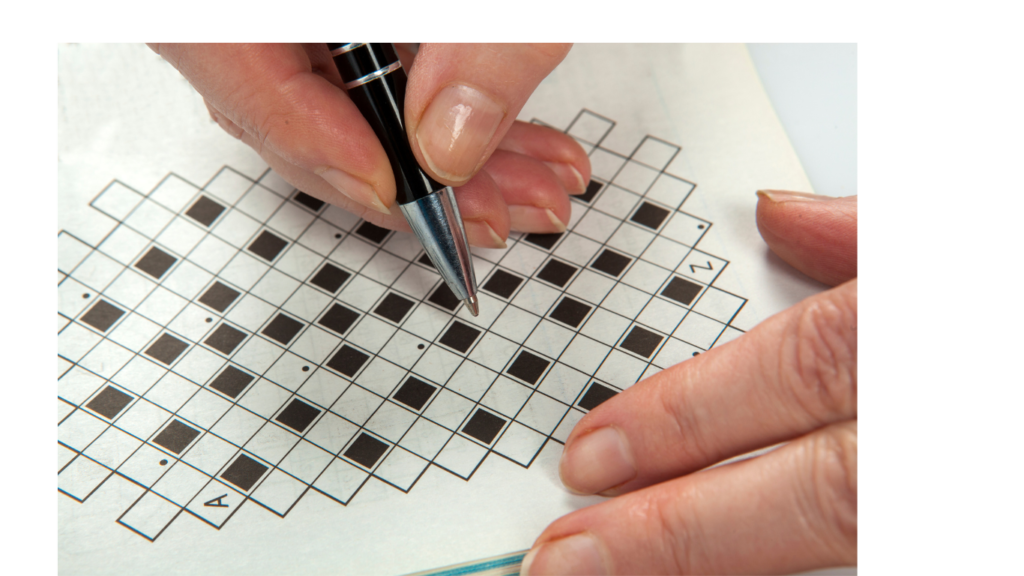
You must design activities for students that can improve their critical thinking, and encourage participation and collaboration.
For example, you can make some paper chits and write the names of countries. Put the chits in a bowl and ask students to come one by one and pick a chit from the bowl.
And then whichever chit a student picks, they will have to name the capital of that country. You can put students in groups and play this game.
Setting Learning Objectives Clearly
At the beginning of the classroom activities, you must communicate the learning objectives to students so that they can focus more and learn efficiently. Some students are quite notorious for disturbing the entire class. So the rules must be set clearly before you start any activity in the class.
Creating a Comfortable Learning Environment
Teachers must create a safe environment for students where they are comfortable sharing their thoughts and experiences related to a topic.
Acting As Facilitators
Teachers must provide guidance and constructive feedback to students after the completion of a classroom activity. This practice will help them to grow.
What is a Passive Learning Process?
Passive learning is the conventional studying method. For example: providing notes and giving lectures on different topics. Many of your students may find this method repetitive and tedious.
Longer duration of lectures and one-sided interaction from your end will make students lose interest in the class. They may start doing their own thing like chatting with their classmates or doodling aimlessly.
What are the 3 Passive Learning Activities?
The 3 passive or traditional learning activities include:
The Direct Teaching Method
This method includes lectures about the curriculum topics. You can present a topic to the students most quickly and easily by giving information to students.
However, the biggest disadvantage of the direct teaching method is that there is no student assessment here. You may not know whether the students are actively learning or not.
Reading Books

Students can either read their school textbooks or subject-related books. This is another passive learning activity. Schools mostly use this activity for teaching students. But the question is how much students are imbibing information from the books or other reading materials.
If they are not able to apply the knowledge gained by reading, then that information is of no use.
You must ask students through questionnaires, quizzes, or projects what they have learned. This polishes their knowledge and makes them skilled.
Watching Videos and Demonstrations
The videos and demonstrations are a great way to learn and can be a tool for an in-depth active learning process. However, this same tool can become a part of the passive learning process.
If you don’t ask students for a presentation or explanation of what they have learned through videos and demonstrations, then the information may just become useless after some time.
What Did We Learn?
The acting learning process encourages students to actively participate in learning. There are several methods that a teacher uses to engage students in the class. For example, Group discussions, hands-on activities, quizzes, and presenting a topic in front of the class.
These kinds of activities stimulate a student’s mind and provide in-depth knowledge about a topic. Students become alert and get actively involved in the learning process.
Before starting a topic in the class, teachers must ask topic-related questions to students. This way, students will think about the answers and show interest throughout the lecture.
Teachers must give real-life related activities and projects to students. This will boost their critical thinking, and help them to solve complex problems with innovative solutions.
It is also important for teachers to do an in-depth assessment of the projects and activities given to the students. Assessment will help teachers understand every student individually and what teaching method works for which student.
Due to a time constraint, teachers must plan engaging learning activities carefully and include them in the lectures. The atmosphere of the class should be comfortable for the students to open up and speak. The targets should be set regarding what activities must be introduced to students.
Active learning is very different from the passive or traditional learning process. Students have a shorter attention span and social media is often to blame for this. So, the traditional method of just feeding information into students’ minds will not work in the long run.
They must learn the concept. And for that active learning is very important and beneficial. This will help them in their careers also.

